نبذة مختصرة : As demand for freshwater increases worldwide, water resources management is a priority for most countries. It has been elected by the United Nations (UN) as one of the Sustainable Development Goals for the 2030 Agenda. In this regard, water monitoring is essential for understanding water changes in terms of quantity and quality supporting decision-makers. However, periodic monitoring remains challenging due to the high costs involved in performing field measurements and laboratorial analysis and the difficulty accessing remote locations. Moreover, sparse punctual measurements do not capture the complex spatial and temporal variations that may occur. In this context, Remote Sensing (RS) emerges as a potential tool that can be used to complement or even replace traditional ground-based surveys while providing advantages such as cost-effectiveness, higher temporal frequency, and spatial continuity. However, until the present, it lacks operational tools and products focusing on inland water bodies monitoring, in contrast to several products available for land or oceanic applications. In order to bridge some of these gaps, the first part of this thesis focused in developing a fully automated water detection algorithm for optical imagery: WaterDetect. The algorithm uses a multidimensional clustering approach to provide robust detection regardless of land coverage type and specific calibration. WaterDetect is coupled with a random sampling and a subsequent machine learning classifier to deliver high performance and low memory consumption. The second part proposes to obtain water classification schemes to improve water quality inversion accuracy using unsupervised machine learning . Agglomerative clustering has been used to classify spectra from more than 1,000 field radiometric measurements, and the solution has been optimized to decrease Suspended Particle Matter (SPM) retrieval errors. It is shown that by calibrating SPM models for just four optical water types (OWT), the overall accuracy matches the one obtained by ...
 Processing Request
Processing Request
 Processing Request
Processing Request


No Comments.